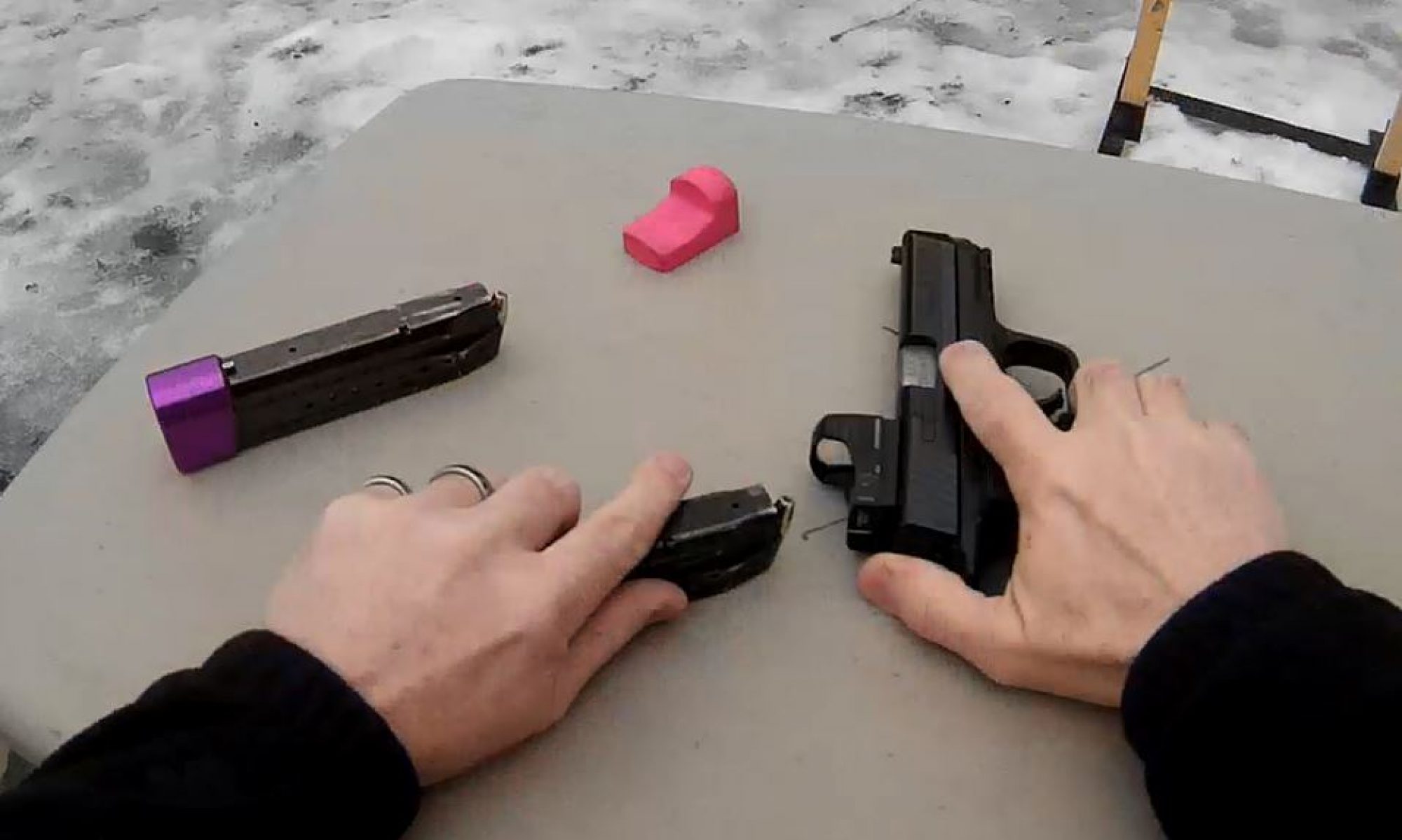For many AR-15 shooters the A2 “birdcage” flash hider is all they ever know abo ut muzzle devices for their rifles. This device does a modest job of dispersing unburned propellant and/or flaming gases such that the flash signature of the weapon is reduced. The birdcage also keeps the gases going up and to either side so as to avoid kicking up dust and debris when firing from positions on or near the ground (prone usually). Both these effects help in concealing the shooter’s position from detection and in keeping clear the shooter’s visual field. Flash hiders are also frequent targets of gun control advocates.
ut muzzle devices for their rifles. This device does a modest job of dispersing unburned propellant and/or flaming gases such that the flash signature of the weapon is reduced. The birdcage also keeps the gases going up and to either side so as to avoid kicking up dust and debris when firing from positions on or near the ground (prone usually). Both these effects help in concealing the shooter’s position from detection and in keeping clear the shooter’s visual field. Flash hiders are also frequent targets of gun control advocates.
During the 1994-2004 Federal Assault Weapons Ban (AWB) these devices were restricted. In some states they still are. What weren’t restricted were compensators or muzzle “brakes”. A compensator is a muzzle device (attached to the threaded end of a barrel) designed to redirect gases in such a way as to counteract recoil. This is normally back, up, sideways and/or some combination of these directions. Some of these devices are extremely effective. I had a CETME .308 (7.62×51 NATO) rifle that had very little felt recoil due mostly to the use of a very efficient muzzle brake.
There are some amazingly efficient flash hiders also. The Vortex makes use of four tines that extend forward from the muzzle for a few inches, over which the tines make a small but critical synchronized twist. This device virtually eliminates muzzle flash. It’s hard to believe unless you see it. Youtube has demonstration videos comparing the birdcage, a Phantom flash hider and the Vortex. You can also see the video on this page from Vortex. You really have to see it for yourself. Of course the Vortex does no compensating, nor does it avoid the dust signature.
Likewise most good compensators do little to reduce the flash signature. This has historically been of little concern to the primary users of brakes: competitive rifle shooters. The Miculek comp is one of the best on the market at keeping the sights on or close to the target after each shot, allowing for very quick follow-up shots. However, cardboard and steel targets usually are shot during daylight and they almost never shoot back so hiding the flash is of no c onsequence.
onsequence.
Enter the Primary Weapons System FSC series of flash hiders. These units combine an initial stage that does a good job of mitigating muzzle climb and general recoil, and a second stage that has four short tines that mimic the Vortex’s flash suppression on a small scale. Like most things that involve compromise, the solution is effective on a limited basis. The comp effects are significant. If a primary goal is to make quick follow-up shots then the FSC devices are very good and the flash hiding is good enough to keep the flash out of the shooter’s optics, again allowing for quick additional shots. It’s tough to blink your way through blindness after getting an eyeful of flash, especially through magnified optics. A side benefit is that the downrange view of the flash is also reduced quite a bit but nowhere near as much as the Vortex.
Another feature of most compensators is that they are really loud in the area around the shooter. With a plain muzzle all the gases and compression waves travel away from the shooter. A brake sends a lot of that back into the immediate vicinity of the shooter. This can be pretty dramatic, especially indoors or under an enclosed firing line. The CETME I mentioned earlier would have a profound effect on those on the firing line with me. One nice thing about the FSC units is that this is not nearly as bad as a traditional compensator.
I have an FSC556 on my main AR-15 now and an FSC47 on my AK-47. I have found that these comps are just about the perfect blend of features for my needs: good braking, reasonable flash suppression and modest noise levels.
And if you must know, yes they look very cool on the rifle.
